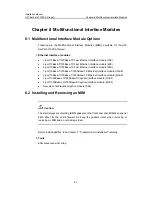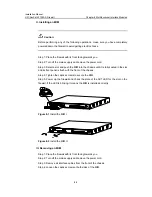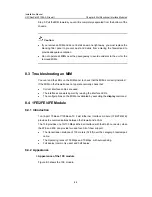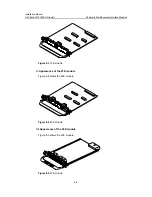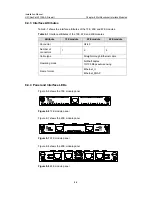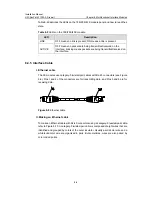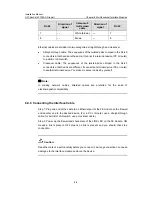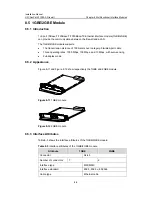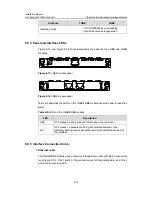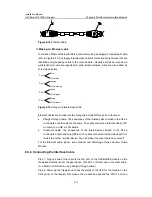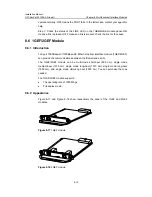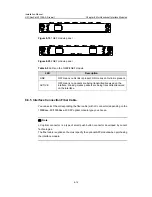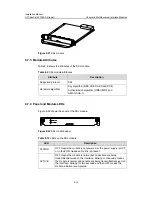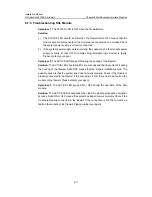
Installation Manual
H3C SecPath F1000-A Firewall
Chapter 8 Multifunctional Interface Modules
8-15
8.6.6 Connecting the Interface Fiber Cable
Caution:
In connecting the fiber cable, observe the following:
z
Do not over-bend the fiber cable. Its curvature radius must be equal to or greater
than 10 cm.
z
Ensure that the Tx and Rx ends are correctly connected.
z
Ensure that the fiber ends are clean.
Caution:
Laser danger: never look into the optical ports that are connected to the laser. It can
harm your eyes.
Step 1: Insert the shipped SFP module into the corresponding slot.
Step 2: Identify the Rx and Tx optical ports on the 1GEF/2GEF module. Plug one end of
a fiber cable into the Rx port on the module and the other end into the Tx port on the
peer device. Plug one end of another fiber cable into the Tx port on the module, and the
other end into the Rx port on the peer device.
Step 3: Power up the firewall. Check the status of the LINK LED on the module panel.
ON means an Rx link is present. OFF means no Rx link is present; check the
connection for the cause.
8.7 SSL Module
8.7.1 Introduction
The SSL encryption module supports multiple types of hardware encryption/decryption
and Hash algorithms and provides high-performance and high-reliability encryption
features by processing the SSL protocol, which is available on the module.
When a SSL encryption module is inserted on a MIM slot, the mainboard receives and
transmits packets and processes the SSL protocol, while the SSL encryption module
encrypts and decrypts packets.
8.7.2 Appearance
Figure 8-21 shows the SSL module.

